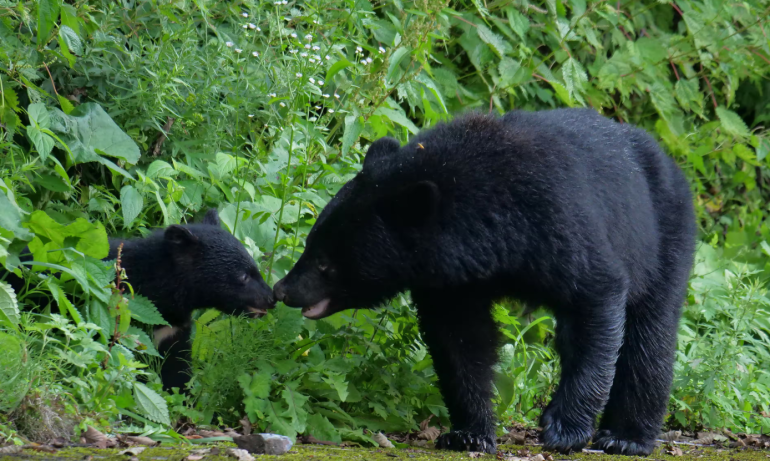- Japan initiates trial of AI bear-warning system due to increased bear attacks linked to food scarcity.
- Pilot program in Toyama prefecture to monitor bear activity via security cameras and issue instant alerts to authorities.
- AI technology employed to analyze bear movement patterns and predict future locations.
- Aim to expand system nationwide if successful in reducing human-bear encounters.
- Factors contributing to rise in attacks include fluctuating bear food supply and rural depopulation.
- Hanamaki city also trialing AI surveillance along rivers to detect bear movement and notify residents.
- Recent bear attack in Hokkaido highlights urgency of measures to mitigate human-wildlife conflicts.
Main AI News:
Japan is set to trial an AI-powered bear-warning system following a surge in bear attacks on humans in the past year, attributed to the animals’ struggle to locate their staple foods.
In an initiative spearheaded by Toyama prefecture in central Japan, a pilot program will leverage live feeds from government, municipal, and private security cameras to identify bear activity in areas close to human habitation. Instant alerts will be dispatched to relevant local authorities, law enforcement, and hunters. Additionally, AI technology will be deployed to analyze bear movement patterns and forecast their potential locations.
If proven effective, the system will be implemented in other regions with significant bear populations across the country.
The escalation in bear-related incidents underscores the pressing need for proactive measures. With 219 casualties and six fatalities reported across 19 prefectures in the year leading up to March, these alarming statistics represent the highest recorded figures since nationwide data collection began.
Factors such as fluctuating food supplies for bears and rural depopulation have been identified as contributing to the increase in human-bear encounters. Furthermore, the dwindling number of children in rural areas, whose presence traditionally deters bears through their lively activities, exacerbates the issue.
In a parallel effort, Hanamaki city in Iwate prefecture, northeast Japan, is conducting trials of an AI surveillance system along rivers that traverse from nearby mountains to the urban center. With 30 cameras strategically positioned, the system aims to detect bear movement and promptly notify authorities and residents. Collaborative efforts with security system manufacturers focus on non-lethal methods to deter bears from entering urban areas.
The urgency of these initiatives was underscored by a recent bear attack captured on dashcam footage in Hokkaido. The incident, which occurred on April 28th, depicted a bear chasing a small truck, possibly motivated by maternal instincts to protect its cub. Hokkaido is inhabited by Ussuri brown bears, known for their substantial size and speed.
Just days prior to the truck incident, Masato Fukuda, a 50-year-old karate practitioner, successfully repelled two black bears in Hokkaido by employing his martial arts skills, highlighting the importance of community resilience and innovative approaches in mitigating human-wildlife conflicts.
Conclusion:
The implementation of AI-powered bear-warning systems in Japan signifies a proactive approach to addressing the escalating human-bear conflicts. This initiative reflects a growing market demand for innovative solutions to wildlife management and public safety, presenting opportunities for companies specializing in AI-driven surveillance and security technologies. As such, businesses in this sector are poised to benefit from increased government investment and public awareness of the need for sustainable coexistence with wildlife.

